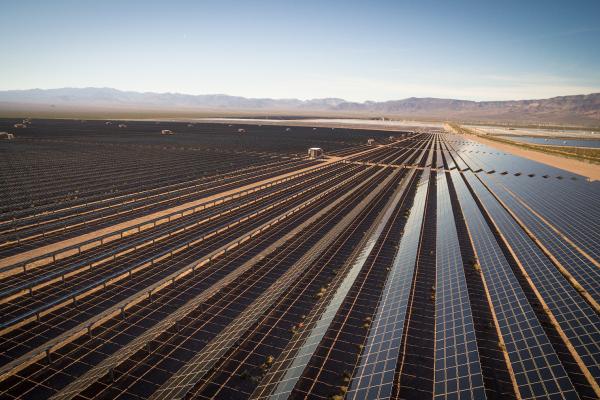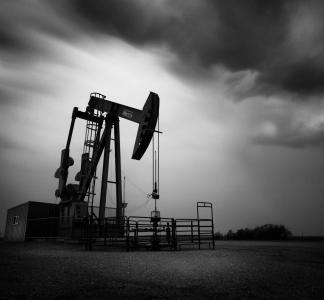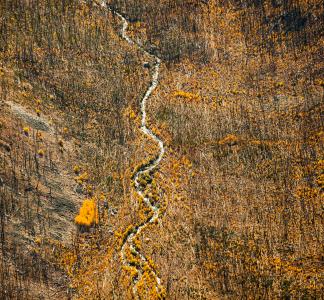Fighting climate change
Mason Cummings, The Wilderness Society
Communities are making public lands part of the climate change solution
Our public land policies contribute substantially to the climate change problem. Oil, gas and coal extracted from lands managed by the Bureau of Land Management and other federal agencies contribute a large piece of all U.S. greenhouse gas emissions—and it’s hurting our communities.
Combined, public lands and waters accounted for 39 percent of all coal, 26 percent of all crude oil and 21 percent of all natural gas produced in the US between 2009 and 2019.
This fossil fuel development creates pollution and contributes to the climate crisis, generating a wide range of public health issues. Tribes, low-income communities and communities of color are especially impacted and are fighting locally and nationally to reclaim their political and economic power to defend themselves against big polluters.
We need to transition to a new model for public lands that protects our health and future in the face of an increasingly warming planet. That's why our voices are needed, now more than ever, to ensure public lands are a part of the climate solution.
By decreasing fossil energy development on public lands, and reducing and accounting for the cost of emissions, we can ensure public lands contribute less to pollution and climate change.
Explore places impacted by climate change
What we're doing
-
Protecting, connecting and restoring critical landscapes
We are working to protect large networks of wildlands to serve as carbon sinks that reduce climate change emissions, support species under threat and build resilience for hard-hit communities.
-
Reducing fossil fuel emissions from public lands
We are pushing for new policies and practices with the goal of reaching net-zero emissions from public lands by 2030.
-
Promoting clean energy
We are working to identify the places for renewables that will have the lowest impact on wildlife, habitat and cultural resources, recognizing that some places are simply too wild to develop.
-
Strengthening climate resiliency for all
We are supporting local communities by providing resources, technical knowledge, and advocating for policies that will protect their health and well-being.







